eSports
How to Join eSports Tournaments: A Step-by-Step Guide
Learn how to join esports tournaments for mobile games. Get expert steps on preparing your gear, signing up, practicing, understanding rules, and building your esports reputation today.
Advertisement
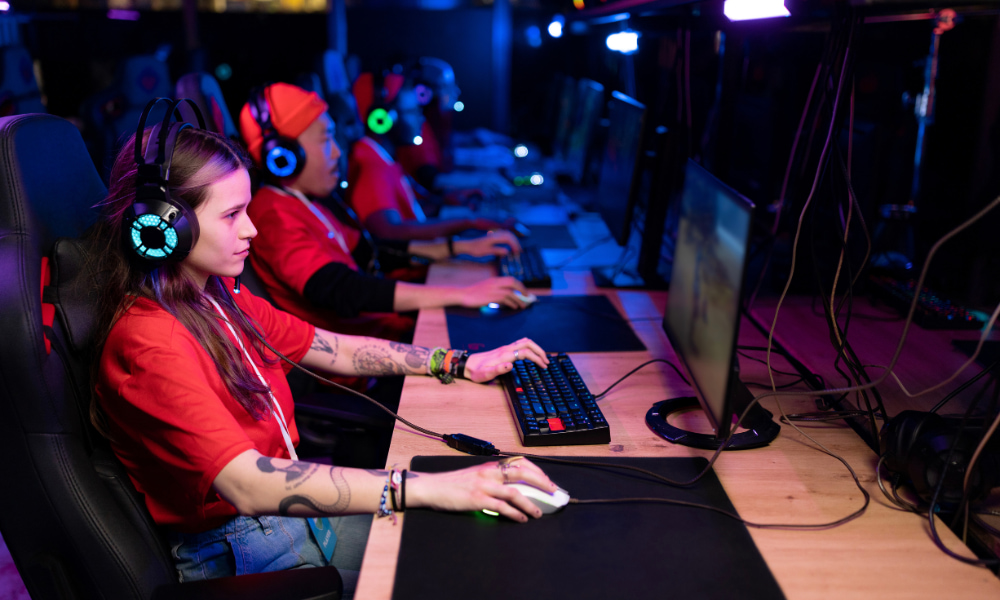
Few things match the thrill of competition in mobile gaming, where climbing the ranks to join esports tournaments transforms casual play into high-stakes drama. You notice the switch in energy at every match’s final minute.
The push to join esports tournaments comes from a mix of challenge, community, and real rewards. These tourneys shape the fastest-growing scene in gaming. Many players dream of seeing their name rise on digital leaderboards.
If you want to join esports tournaments and improve your gaming journey, this guide will walk you through everything you need—preparation, rules, and tried-and-true tips for getting started and advancing fast.
Getting Ready: Equipment and Settings for a Smarter Start
Before jumping into any event, nailing your setup ensures fair competition and fewer technical mishaps. Even casual players should upgrade before they join esports tournaments to avoid unnecessary frustration.
Run equipment checks and optimize game settings. Irregular frame rates, lag, or unstable Wi-Fi can derail your performance. Familiarize yourself with your gear’s quirks—knowing your tools is as key as knowing your tactics.
Choosing Devices That Work With Tournament Platforms
Check if your mobile device meets all tournament requirements before you try to join esports tournaments. Some events have device lists or require specific versions to ensure fairness and compatibility on game day.
“I use GameX model A3 because it syncs with most organizers’ apps and never overheats.” Reliable gear builds confidence: friend groups discuss their preferred brands, and pros swear by tested equipment for every session.
To save time, bookmark platforms listing certified devices or check official FAQs so you’re not scrambling on match day. Jumping through these hoops upfront means fewer surprises at your first tournament.
Optimizing Your Game and Network Settings
Dive into your game’s settings. Frame rate adjustments, graphic toggles, and disabling background apps can provide surprisingly smooth gameplay. Organizers sometimes ban overlays or boosters during events, so practice in “tournament conditions” now.
Players connecting over Wi-Fi should place their router nearby or switch to a cable adapter if available. In crowded homes, schedule exclusive Internet times to ensure stability when you join esports tournaments at higher levels.
Test every setting by playing ranked matches. Pay attention to connection spikes, input lag, or overheating. Treat each play session as a trial run for upcoming tournament moments—you’ll catch small issues before they cost you results.
| Device Type | Game Compatibility | Latency Level | Best-Use Takeaway |
|---|---|---|---|
| Phone: Model X | High with most MOBA, FPS | Low if Wi-Fi strong | Practice on local Wi-Fi before official match |
| Tablet: Y Series | Great for strategy games | Moderate over 4G | Always try a stress test with game at high settings |
| Emulator on PC | Support varies by organizer | Low with Ethernet | Confirm emulator legality before registering |
| Budget Phone Z | Basic games only | Latency spikes under load | Lower settings and no background apps minimize issues |
| Console Streaming | Few mobile tourneys allow | Varies; not ideal | Double-check all organizer device rules first |
Securing Your Spot: Reputable Places to Register
The right event can set your reputation from day one. Locating trusted registration sites and verifying their legitimacy ensures you join esports tournaments without falling for common scams or wasting time.
Tournament platforms display sign-up dates prominently, so allow yourself a calendar reminder. Prizes and prestige attract a crowd—snooze and you’ll find all brackets filled. Early registration signals dedication to team captains, too.
Spotting Safe Registration Platforms
Stick to official game portals, platforms partnered with publishers, or event organizers with established brands. Look for HTTPS (secure connection), event histories, and consistent prize delivery when you join esports tournaments.
Always double-check for user feedback or red-flag warnings. Established communities like Discord or Reddit post alerts to help others avoid fake links. Keeping your login details secure also builds habits you’ll rely on at higher levels.
- Sign up via verified sites to ensure your data stays private. Search for “Official Sponsor” logos on headers to double-check legitimacy when seeking your first tournament.
- Add two-factor authentication—organizers can require it for tournament entry. Set it up in advance so you’re not locked out at registration crunch time.
- Document your confirmation number as a screenshot, not just an email. Apps can misfile emails on event day; screenshots give you a backup for check-in issues.
- Contact support if you spot strange links or policies. Get staff names and ticket numbers if the organizer uses a help desk—this builds your case if there’s a dispute.
- Bookmark your event dashboard and check for rule updates. Organizers sometimes change times or settings at the last minute, so review announcements until the brackets are finalized.
Copy these habits so you’ll join esports tournaments securely and spot fakes quickly, saving time for actual practice instead of paperwork rescues.
Establishing Your Tournament Profile
Create a clear, unique player name that fits tournament naming standards. Avoid offensive phrases or confusing symbols. Pro players follow this rule to build recognizable brands with their names.
Upload a professional-looking avatar even if it’s just for mobile platforms. Simple, clear images connect your online persona to tournament rankings. Save your image files in organized folders for quick re-uploads if needed.
- Keep your bio updated with recent accomplishments. This helps team captains scouting for substitute players spot you faster before matches start.
- List your main game roles and play styles. Include your Discord or main chat handle for easier invites when open slots seem to appear last minute.
- Share your tournament schedule publicly if allowed. This signals reliability to event organizers and potential teammates who value punctuality and transparency.
- Avoid password recycling—set specific login credentials for each event profile to ensure security. Write passwords in a notebook if you’re prone to forgetting under pressure.
- Update your region or time zone settings. Missed matches due to mismatched start times create frustration and might lead to penalties or missed opportunities.
Organize your digital identity early so you can focus on strategy moments, not scrambling to fix technical issues after matchups are confirmed.
Training: Practicing for Actual Tournament Flow
Structured practice routines bring noticeable progress within weeks. When you consistently aim to join esports tournaments, you gain an edge by mimicking the time, pace, and stakes of the real showdown.
Running Scrimmages that Simulate Tournament Pace
Scrimmaging with support groups lets you mirror bracket play. Use tournament maps and respect game rule sets—such as banning extra perks—to match official expectations every practice run.
Designate a team captain to call rotations and strategies during matches. Players benefit from scripting callouts (“rotate left at 2:23,” “push mid at overtime”) so everyone reacts the same way under tournament pressure.
“Let’s restart if my ping hits red,” one teammate says during scrims. Staying strict with reset rules builds habits that’ll matter when you join esports tournaments and need split-second discipline.
Building Match-Day Mental Routines
Players anchor their mental focus by emulating tournament schedules. Block out distractions: silence notifications, hydrate, get rest, and mimic start times. Treat every session as a preview of event day adrenaline.
After each match, review replays with teammates for five minutes. Pause play to break down errors (“freeze here, what options did we have?”). Use positive, actionable language to foster improvement and morale.
Brief visualizations (imagine walking through the opening match or shaking out hand jitters before a big round) help manage nerves. If it works during practices, carry these habits over every time you join esports tournaments.
Following Rules: Understanding Eligibility and Match Conduct
Knowledge of tournament rules gives players a real advantage and demonstrates respect for competitive standards. You can’t join esports tournaments without a clear grasp of eligibility and codes of conduct—each rule influences rankings and results.
Review every tournament document ahead of time. Organizers enforce strict accountability, from minimum age to device restrictions. Failing to meet a rule can disqualify a team seconds before their big match begins.
Meeting Player Eligibility Criteria With Confidence
Age limits remain a common barrier; most tournaments require participants to be at least 16 or older, depending on regional regulations. Proof of residency or student ID might also come up in youth-focused leagues.
Some tournaments implement ranking minimums, such as Diamond or Level 60, to filter out inexperienced competitors. Screenshot your in-game stats and keep them on hand in case a dispute arises about your standing.
If you switch teams mid-tournament, double-check that you aren’t breaking “lock” periods—switching rosters outside the allowed window can void your wins. Veterans always bookmark the relevant sections of event rulebooks for peace of mind.
Respecting Rules of Conduct and Fair Play
Organizers set behavioral standards from chat etiquette to anti-cheating protocols. Respecting these rules avoids suspensions and supports your long-term presence in the community when striving to join esports tournaments regularly.
Keep communications positive and professional regardless of outcome. Avoid trash talk and personal insults; adopt scrips like, “Good round, let’s learn and reset.” Consistent sportsmanship attracts invites to bigger events from team leaders and sponsors alike.
Promptly report any server or match issues within organizer-provided time frames. Document conversations and requests. This habit shows maturity and builds trust with both officials and your teammates.
Forming Teams and Finding Teammates Who Click
Synergy determines success nearly as much as raw skill. Use group-finder channels, in-game social tools, or event Discords to join esports tournaments with the right squad—and not with last-minute strangers.
Good teams spend days setting communication rules, practicing together, and setting clear roles. Stable lineups make shot-calling reliable, boost confidence, and allow in-depth scrim strategies beyond “winging it.”
Recruitment: What to Look for in Teammates
Punctuality, positive attitude, and willingness to practice make a difference. Skills matter, but equal commitment ensures your roster shows up—every time you join esports tournaments or run a set together in scrims.
Trust builds when players respond promptly in chats and share availability calendars. Add rules: “Always confirm lineup slots at least 24 hours before.” Transparent expectations cut down on last-minute roster drama.
Teams who keep calm after losing a round adapt better in high-pressure brackets. Model responses like “Let’s see the replay—we improve faster this way.” A culture of learning stands out among tournament organizers and fans alike.
Managing Internal Team Dynamics
Assign rotating leadership roles. One week, a player calls picks; next week, another sets scrimming schedules. This process prevents burnout and identifies hidden strengths among your team.
As you join esports tournaments, revisit team ground rules after every bracket or event. Small tweaks—like changing shot-calling language or switching practice times—bring significant improvements in morale and win rate.
Use “win or learn” post-match rituals. Win, and study highlights; lose, and break down communication lapses. Teams that review, rather than blame, become regular faces on tournament boards.
Prepping for Online and Offline Formats: Timing and Logistics
Being ready for diverse event types means no mishaps during check-in. Online events require punctual logins and stable connections; in-person LANs introduce travel, gear logistics, and setup windows you can’t ignore after you join esports tournaments.
Experienced players maintain routines for every situation, from charging devices to pre-match warm-ups. Saving a checklist cuts stress and ensures no small detail derails your tournament day performance.
Final Online Setup Checklist
Ensure all updates are installed the night before—games, operating system, and device firmware. “I forgot to update, and my installer crashed 5 minutes before check-in,” an amateur said. Adopt this habit for peace of mind every round.
Clear device memory, close unnecessary background apps, and have your charging cable within reach. Disable notifications to avoid distractions and guarantee undisturbed focus every moment you join esports tournaments remotely.
Test audio and microphone quality with a friend or app. Crisp, clear voice comms make callouts easier and prove invaluable under tournament pressure, especially if last-minute strategies need coordination.
LAN Event Planning and Travel Pointers
Review the organizer’s rules for bringing personal hardware: labeled controllers or open bags may see extra security checks. Double-bag chargers, and label everything for identification after marathon play sessions.
Arrive at least an hour early to get familiar with the space and calm nerves before opening matches. “Finding your seat calmly beats a rushed warm-up,” says every coach investing in mental prep as much as physical routines.
Scout local food options or bring snacks. Hunger undermines focus as surely as a dead battery. Strike up conversations with staff or players—it turns the venue from intimidating to inviting before action starts.
Solidifying Your Place: Tracking Progress and Staying Motivated
Keep logs of wins, losses, and breakthrough moments. “Every tournament’s a lesson,” as one semi-pro said—logs tell you how close you are to your next milestone as you consistently join esports tournaments across platforms.
Moving up through brackets, use stats dashboards if available. Study trends: time-of-day performance, map preferences, enemy team strategies. Coaches swear by pattern recognition as the fastest route to improvement and title contention.
Building a Portfolio of Results
Treat every top-ten finish as a highlight, and document it. Screenshots, tapes, or shareable profiles give you a concrete history when applying for elite teams or future tournaments as you join esports tournaments again and again.
Organize your portfolio into public folders and keep links handy for invite-only brackets. You’ll save time and impress scouts looking for specifically documented achievement paths on your journey.
If you flop a round, log lessons learned alongside your win-rate chart. Real progress comes from analyzing both strengths and gaps over months, not just celebrating medals.
Learning From Champions and Community Feedback
Watch live streams or VODs of tournament finalists, focusing on their decision-making under pressure. Adopt their best moves while noting different pacing or communication cues for your core squad.
Share your match tapes in private Discords or coaching platforms. Seek specific, actionable feedback—“Should I have flanked here?” rather than “Did I play OK?” Targeted advice multiplies your progress rate at each level.
Acknowledge improvement over time with short journal entries after pivotal runs: “This time, I called rotations on time and kept comms positive.” Small wins help you measure growth when tournament results seem unpredictable.
Maintaining Momentum: Evolving Your Approach One Tournament at a Time
Every reader who follows this playbook will increase their odds of tournament success by treating every appearance seriously. Tracking details, creating templates, and building routines separate consistently improving players from casual entrants.
Pushing forward to join esports tournaments repeatedly fuels long-term improvement. Established habits—from secure logins to disciplined scheduling—become second nature with every new bracket, regardless of early results.
Find your own motivational rhythms: celebrate progress, revisit practice logs, and set specific, short-term goals for each event. If you want to elevate your competitive experience, join esports tournaments with the mindset of a dedicated learner, and let each tournament build your future skills.
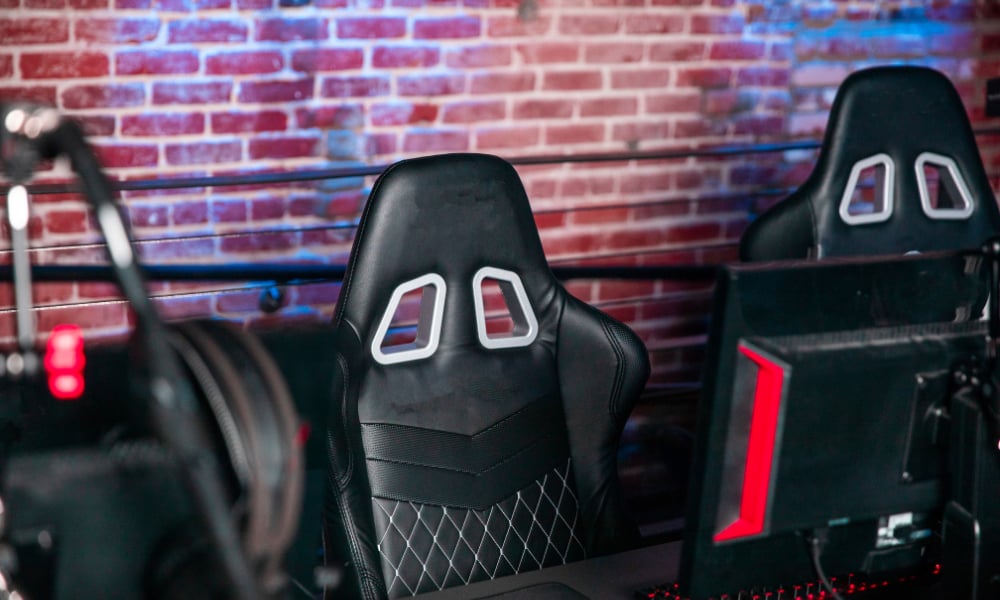
The Best Equipment for eSports Players
Pro eSports gear boosts reaction, comfort, and focus—fine-tuned equipment transforms every match into a consistent winning edge.
Trending Topics
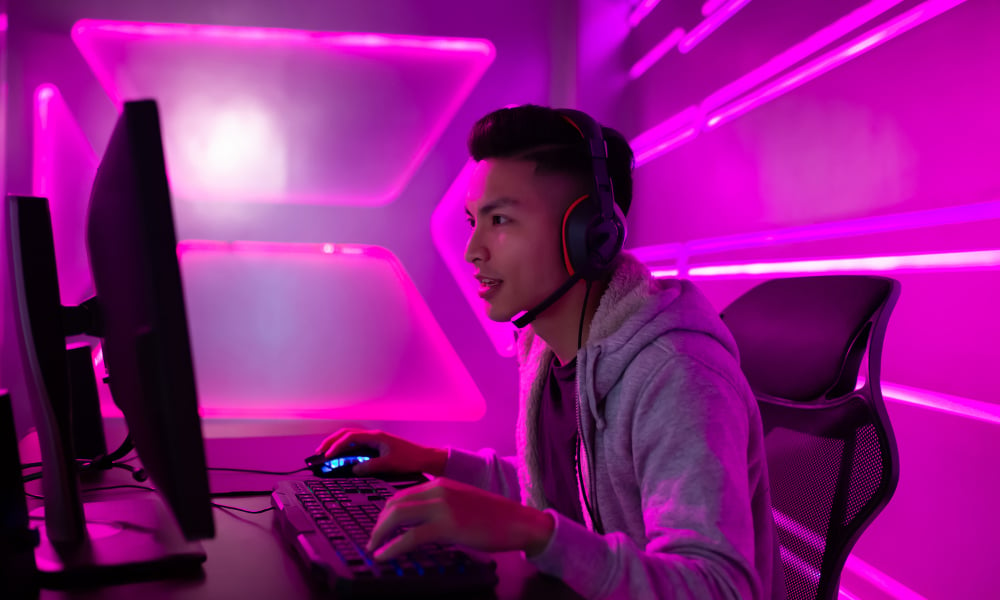
Tips for Choosing the Best Open-World Game for You
Find the perfect open world game for your playstyle with tips on exploration, progression systems, accessibility, and immersive features for mobile gaming.
Keep Reading
How to Optimize the Performance of Your Mobile Games on Android and iOS
Optimize your device for smoother, faster mobile gaming with these simple tweaks—lower graphics, manage battery, and control notifications.
Keep Reading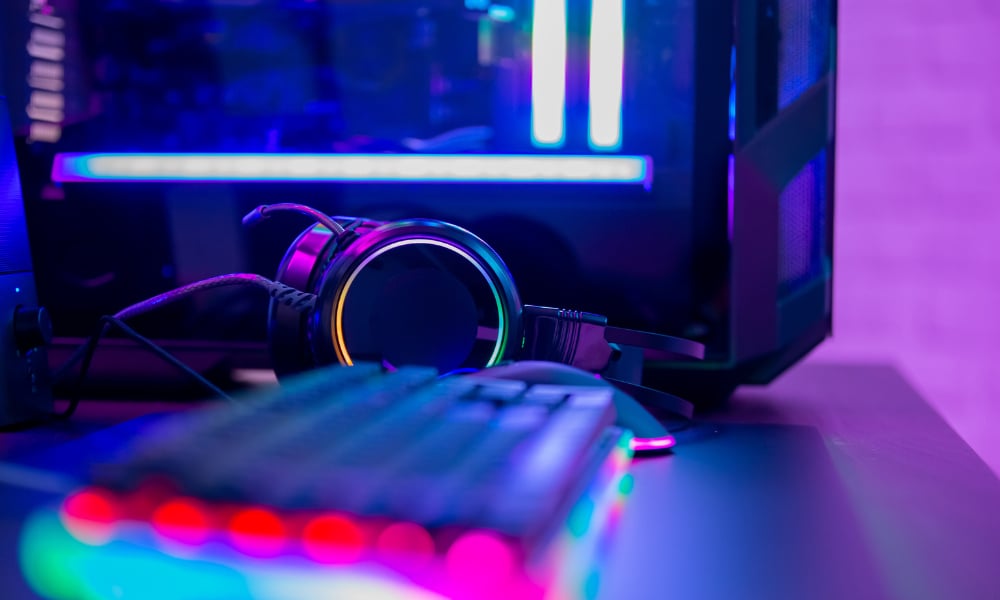
The Ultimate Guide to Starting a Career in eSports
Building an eSports career requires setting clear priorities, refining skills, and engaging with the community for long-term success.
Keep ReadingYou may also like

The Mobile Gaming Revolution: What to Expect in the Coming Years
The mobile gaming revolution is evolving with better graphics, cloud gaming, social play, and accessibility, shaping a new gaming era.
Keep Reading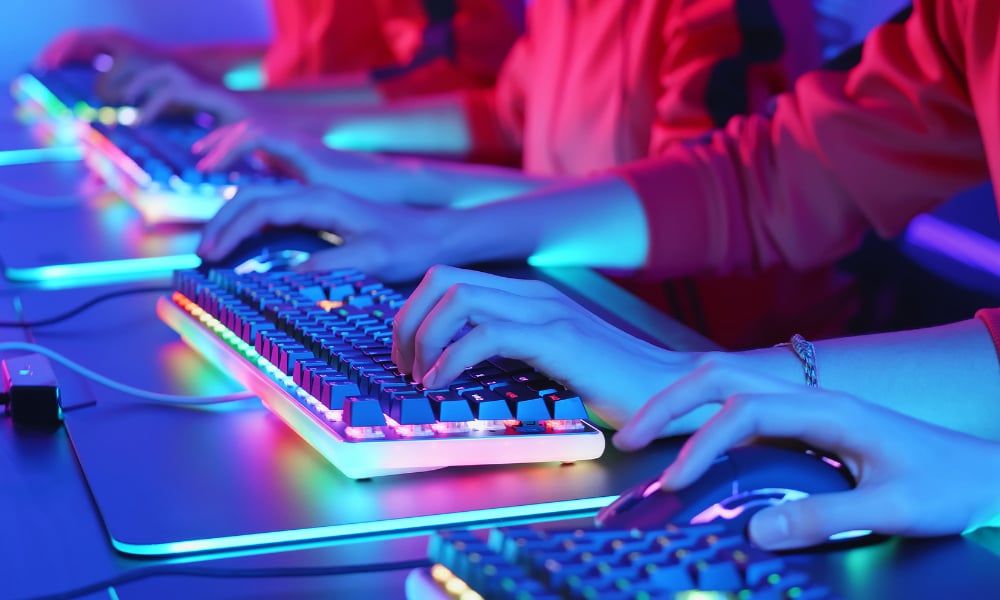
The Role of Streamers in Popularizing eSports Worldwide
eSports streamers revolutionize gaming by teaching live, hosting global challenges, and inspiring fans to join the competitive scene.
Keep Reading
Mobile Adventure Games: Find the Perfect World to Explore on Your Phone
Explore immersive worlds on your phone with mobile adventure games! Follow tips for picking, playing, and mastering your next adventure.
Keep Reading